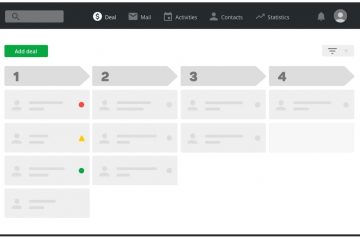Inside Sales Strategies for B2B Businesses
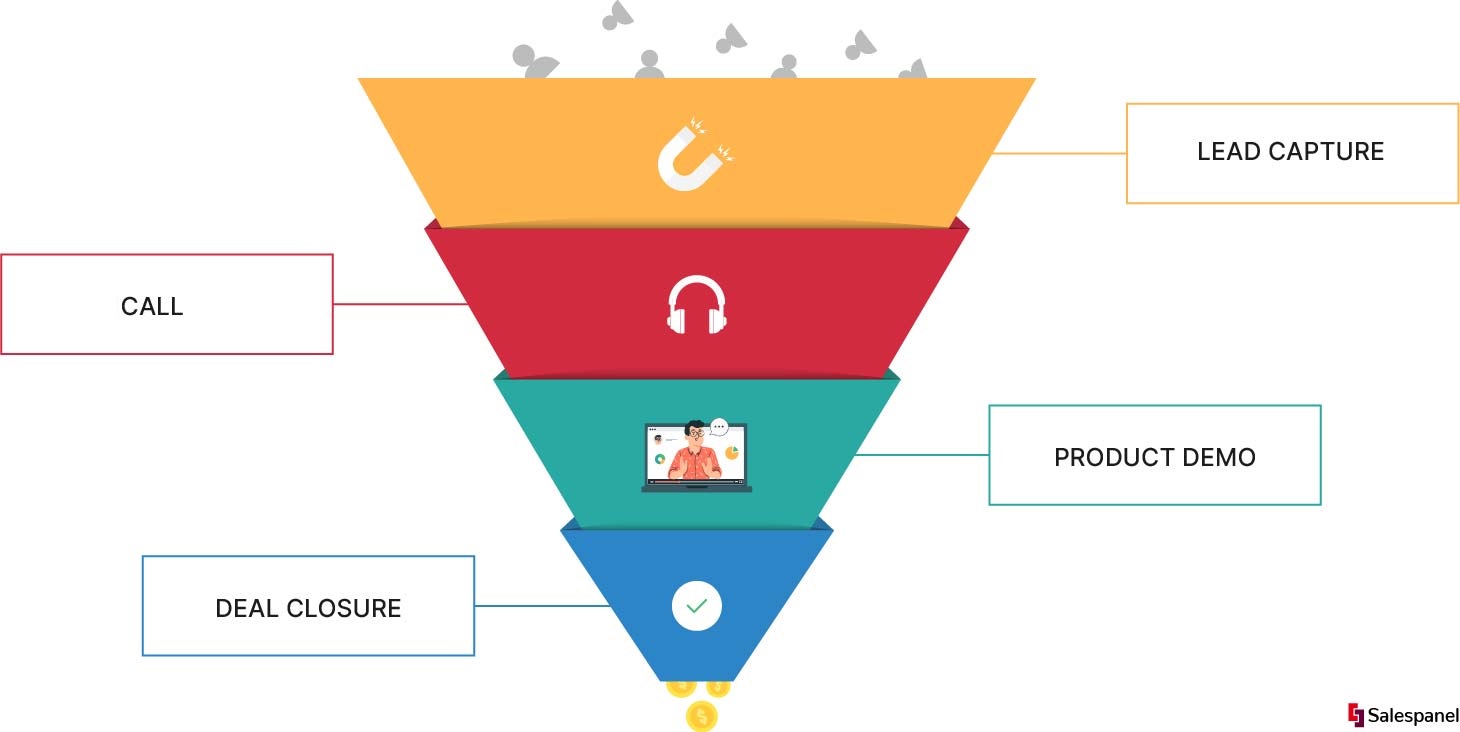
The business landscape keeps on changing with time as improvements to various business processes are invented and adopted industry-wide. If you consider how business was done just in the last decade, you’ll see that a lot of core business processes are carried out significantly differently than how they were back then.
New business process models keep propping up here and there all the time. It is the circumstances at the time and the extent of advantages the model offers in those circumstances that decide whether a model ends up as the industry norm or not.
Inside Sales, in B2B, was one such sales model that witnessed a surge in adoption due to the circumstances created by a global pandemic. It had its inherent advantages but the pandemic acted as a catalyst leading to its wide-scale adoption. Plus, with many parts of the sales process now happening digitally, Inside Sales is now more prominent than ever.
But what are Inside Sales exactly?
To put it in plain words, Inside Sales is selling remotely. Yes, that’s what Inside Sales is, if you consider its core functionality. The Inside Sales process involves sales representatives contacting and pursuing leads remotely using various forms of digital and telephonic communication strategies.
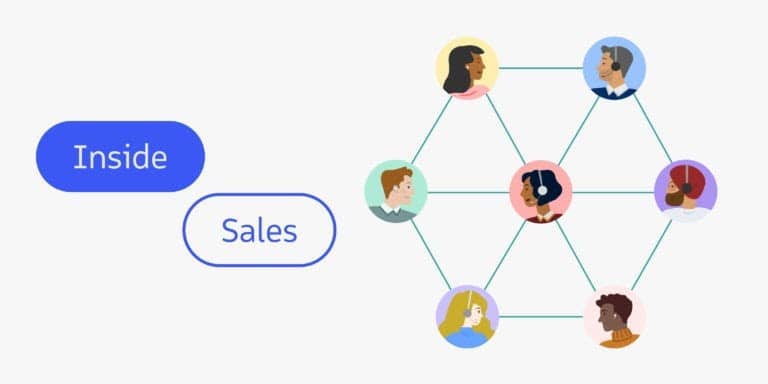
Image Courtesy – Revenue.io
But then, isn’t this sales process similar to telemarketing?
If you just consider the remote selling aspect of Inside Sales? Then yes! However, the Inside sales process is significantly different when compared to Telemarketing.
Starting with the sales representatives, the ones in an Inside Sales team are highly knowledgeable about the product and service they’re offering. They can answer any and all questions a client may have regarding the functionality of a product or the value proposition a service may provide. Inside sales can comprise of calls, emails, conversations, and presales support.
When you factor in the targeted approach of Inside Sales not being limited to one form of communication, you will see that Telemarketing and Inside Sales have more factors differentiating them from each other than making them similar.
But if there are Inside Sales, there must be Outside Sales too. How do those two differ?
Inside Sales v/s Outside Sales
Outside sales are sales in their most traditional sense. In-person, physical meetings, presentations, and pitches are all a part of the sales process in the Outside Sales Model.
The fundamental objective remains the same in both sales process models but their approach at achieving the objective completely differs in terms of working, communication channels utilized, and sales strategies.
While Inside Sales is a clear step forward into the future of sales, it however does not completely render Outside Sales obsolete. Outside sales will continue to have its place in the business sales landscape as it has its distinct advantages.
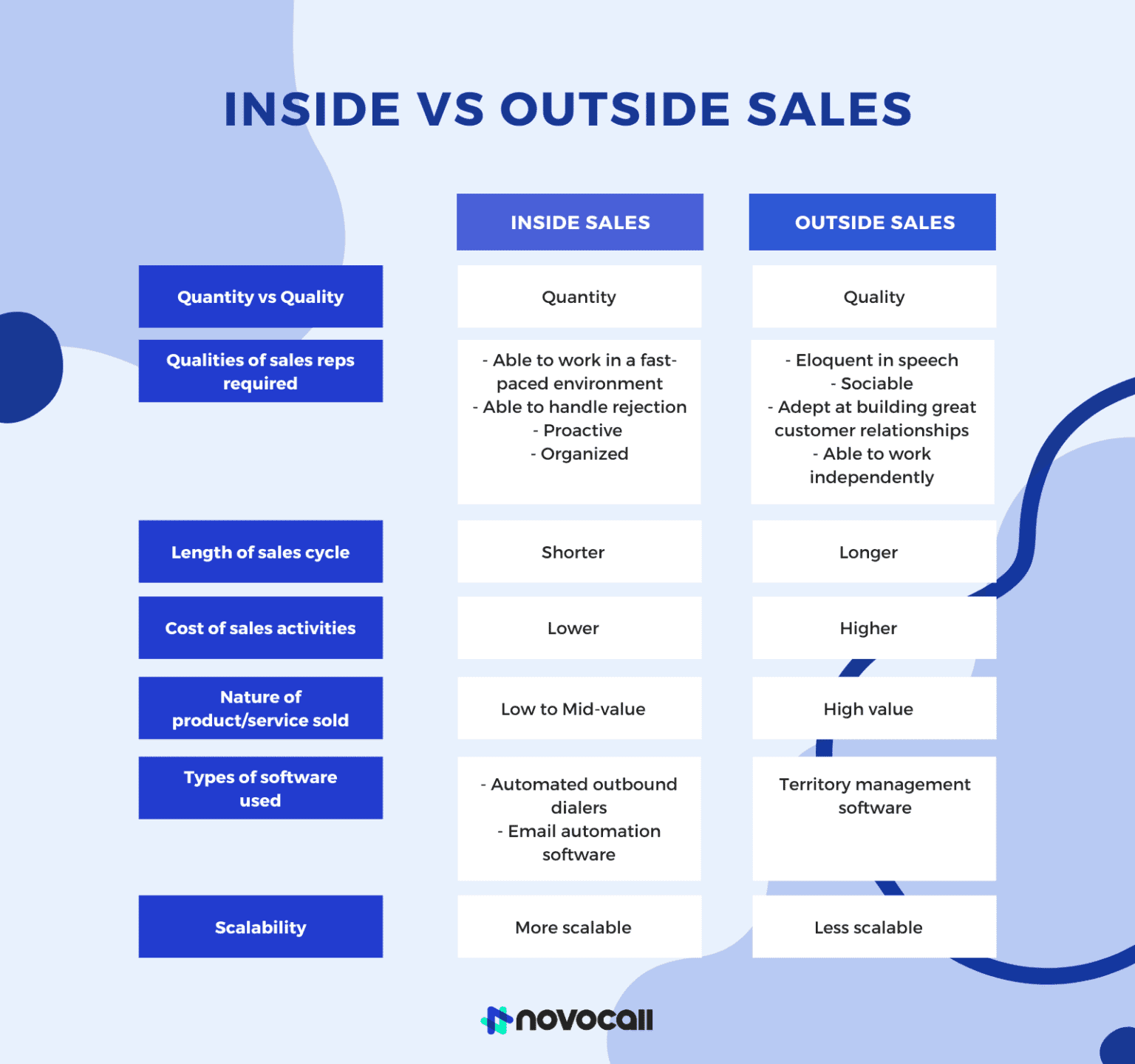
Image Courtesy – Novocall
The “in-person” or “human” aspect of an Outside Sales model weighs heavily in terms of conversion efficiency. Moreover, building long-term beneficial relationships with clients is something Outside Sales excels at. Go to dinner together, talk about big ticket deals, etc.. A rep may even get invited to a sports event (watched The Pursuit of Happyness?) and develop a bond with them.
Chances of your communication efforts being ignored, calls being dropped, emails landing into spam, or being missed entirely are not present in the Outside Sales model. Communication is more direct and in-person which can significantly raise chances of conversion.
The world is moving forward however and Inside Sales may end up as an Industry-wide norm in the coming days, especially for lower ticket size deals.
How are Inside Sales different for B2B?
The B2B business space works differently than B2C and every business process is run a bit differently to suit the different and varying requirements of converting business clients.
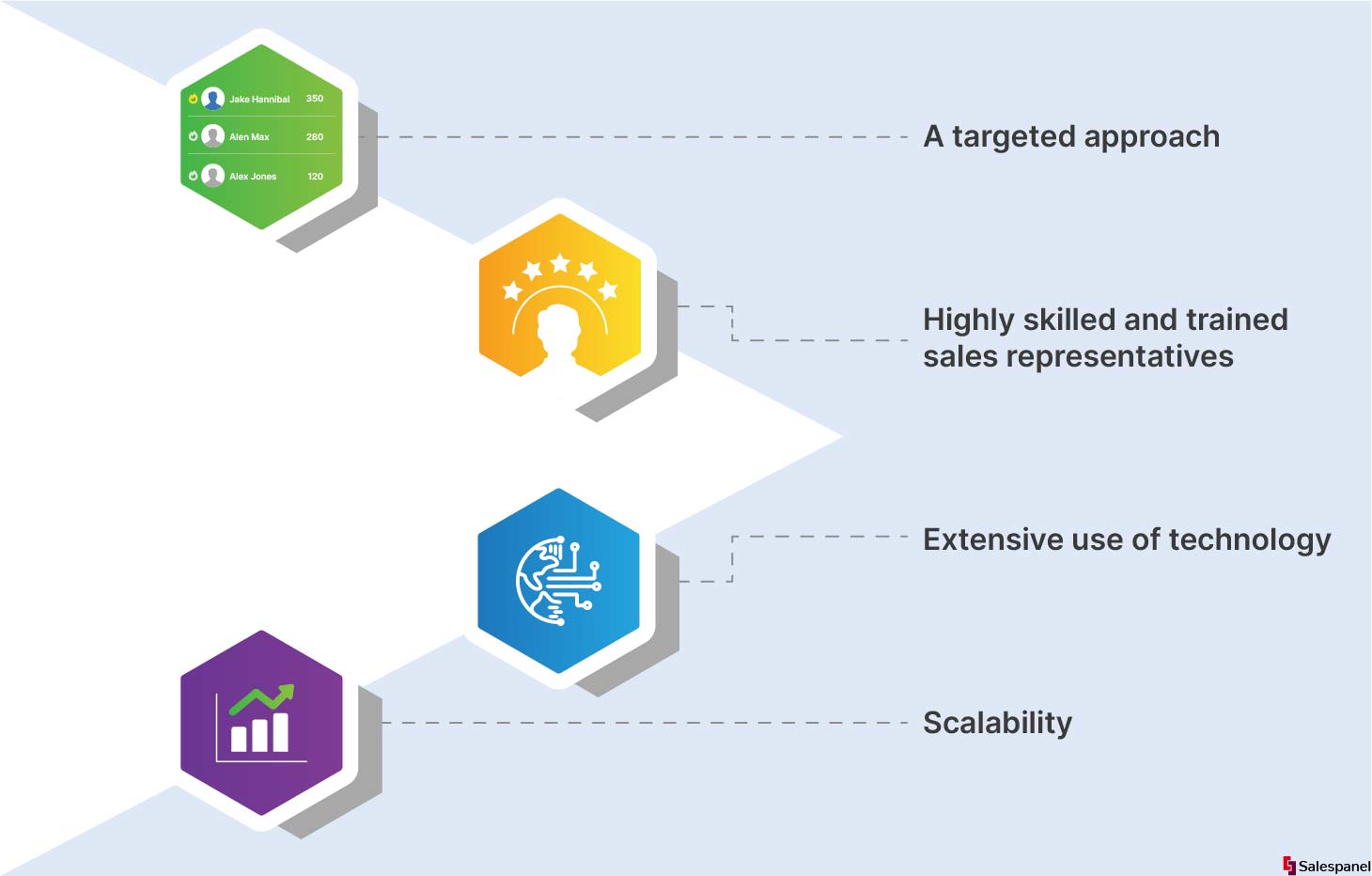
Here are Inside Sales characteristic differences for B2B:
A targeted approach
Inside Sales in the B2C space may target individuals who show even the slightest interest in a product or service of a brand. In B2B space, sales representatives are equipped with powerful tools that enable Sales Lead Management. As a result, leads can be prioritized. Plus, a rep may need to talk to multiple people as B2B sales tend to have multiple decision-makers.
Highly skilled and trained sales representatives
B2B products and services are meant to provide solutions for various business problems. Skilled sales representatives who have thorough knowledge about the functionality, capability, and value proposition of their offerings are required to cater to and answer questions and requests a business client may present them with.
Extensive use of technology
As mentioned earlier, the Inside Sales teams in the B2B space have access to many powerful tools that help them in the sales process. Sales Lead Management, Qualification, Monitoring, Sales Lead Injection, AI, and Machine learning are only some of the examples of technology that is utilized.
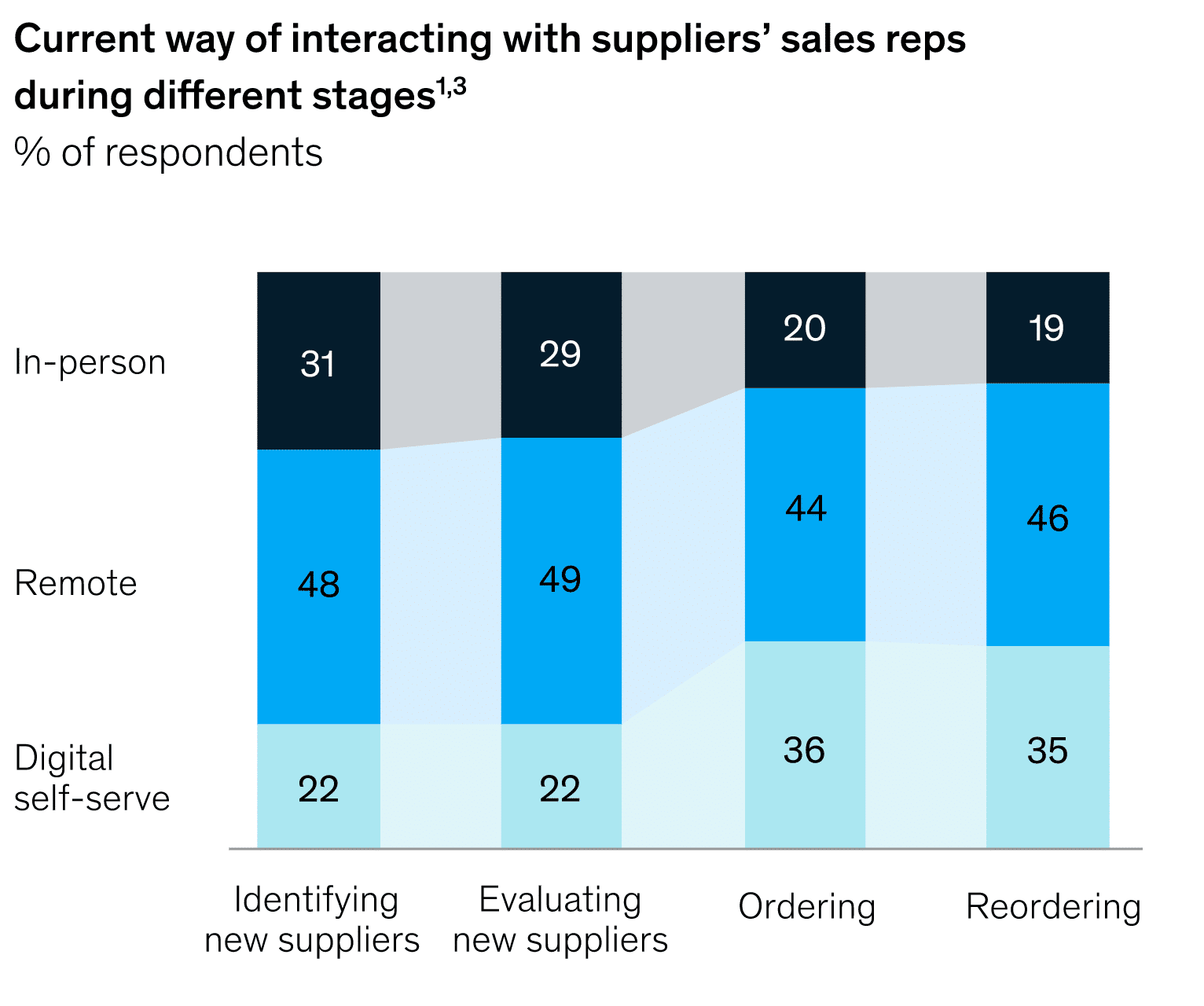
Image Courtesy -McKinsey
B2B offerings are usually high ticket items and such extensive use of technology to maximize chances of conversion is well justified here.
Scalability
B2B businesses can grow and shrink significantly owing to various market forces. Scalability is an essential characteristic of the Inside Sales function as it allows a B2B business to Upscale or downsize its Inside Sales team quite rapidly.
This comes in handy if a B2B business experiences a surge in demand for its offerings and quickly needs a bigger sales team to handle all incoming orders.
On the contrary, if a B2B business is nearing completion of major projects or some of its fast-moving large volume products are nearing the end of its life cycle, it may not need to have a big sales team. In such circumstances, the ability to quickly offload excess salesforce helps the B2B business to avoid unnecessary costs and overheads.
Thus, Inside Sales in the B2B space is a more focused approach, requires highly skilled and knowledgeable sales representatives, and is heavily aided using technology to make it effective and efficient in all aspects of functioning.
So, how should a B2B business go about setting up a good strategy for Inside Sales if they were to adopt this sales process model? We have listed down some good strategies for you to consider.
Strategies for B2B Inside Sales
Upskilling and training Sales Representatives
The sales representatives in your Inside Sales team will be the most important part of your sales function. They should be trained well and be skilled at presenting your offerings and convincing clients of the value proposition your offerings have to offer them.
They must be well versed with how your products and services function so as to be able to answer any and all questions presented to them by potential clients. Them being able to answer everything raises the chances of your leads being convinced of the effectiveness of the business solution that you’re providing.
Ideal Customer Profiling
Creating and utilizing an Ideal Customer profile turns out to be beneficial for any sales function, especially for B2B. ICP enables you to reach out to the right people who will benefit the most from your offerings.
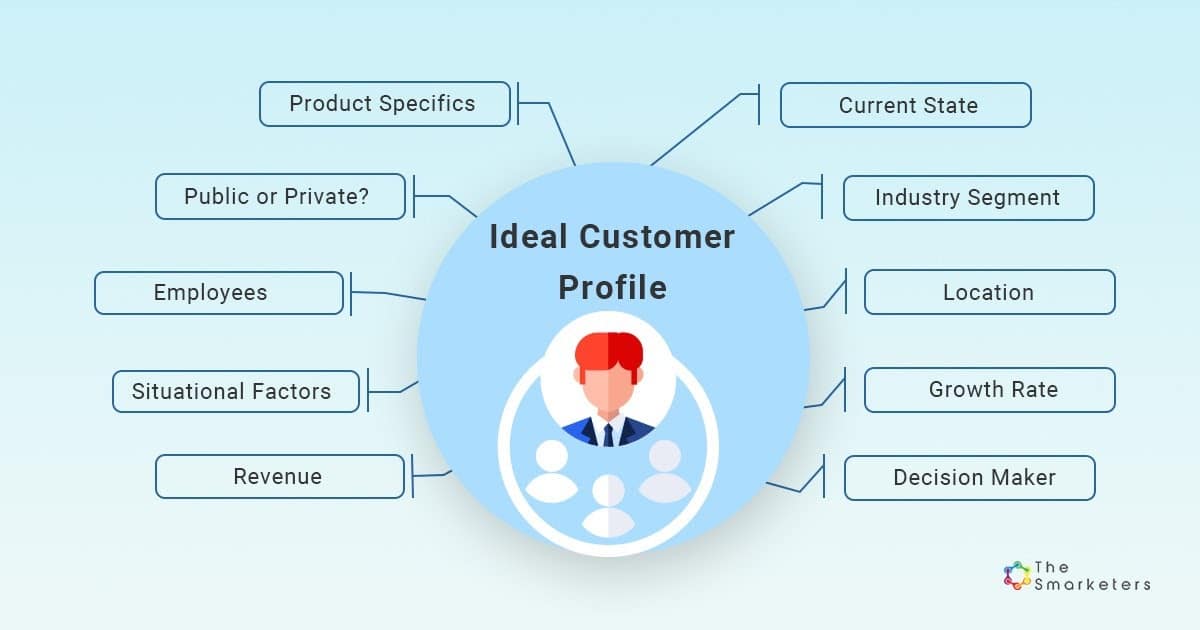
Image Courtesy – The Smarketers
This helps filter out leads and leaves you with only those that exhibit the highest probability of conversion. Moreover, a good ICP will help you raise the Avg Contract Value and bring in customers with higher Lifetime Value.
Account-Based Selling
Account-Based Marketing enables you to choose companies you want to target and reach out to decision-makers in those companies in a systematic process. It will help you identify and track leads that are prioritized on the basis of the attributes that qualify them as being high-value.
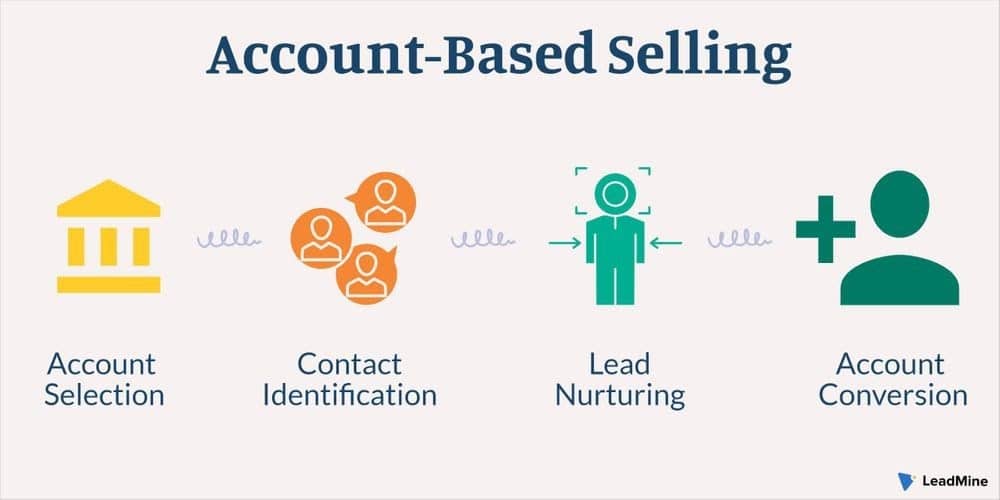
Image Courtesy – LeadMine
In Inside Sales, it enables you to personalize your approach towards a particular client based on the data gathered about them. Offering them a solution that exactly fits their requirements is a sure way of closing the deal quickly.
Finding the best business tools
Many of the above-mentioned processes that aid your Inside Sales process require a business tool. The only issue is about finding the right tool as the market is full of solutions providers offering tools that enable you to perform the mentioned processes.
You will also need several tools for different purposes. A tracking tool, a CRM, and other tools calling and emailing tools as per your needs.

Image Courtesy – CloudTalk
Approaching using multiple channels of communication
A single channel of communication carries a low chance of success but approaching leads using various digital channels of communication without making it feel like spam or overwhelming the recipient, significantly raises chances of successfully engaging with a lead. This approach warms up the lead making cold calls more effective.
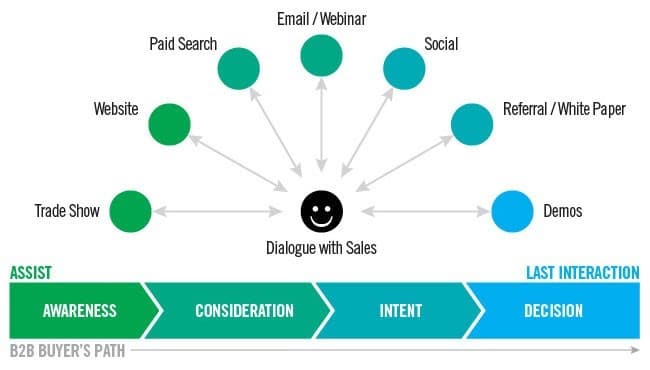
Image Courtesy – Business2Community
A carefully tailored slew of communication efforts using different channels gets you noticed quickly and you gain undivided attention from your target. Moreover, your recipients have a clear idea that they may be soon approached by a sales representative. This makes them less likely to ignore or miss your communication.
Provisions for Agility and Flexibility
Timing is crucial for any business function and the same stands true for Inside Sales too. Some high-value leads need to be pursued and closed quickly to avoid chances of those being intercepted by your competition or your leads seeking out your competitors.
Your Inside Sales function needs to be agile enough to take on such high-value leads on the shortest possible notice and speed up the negotiation process cleverly so as to finalize the deal at the earliest.
Ensuring flexibility is yet another quality that needs to be incorporated into your Inside Sales functions as to allocate and reallocate leads to different sales representatives depending upon the specific needs the leads are exhibiting at that point in time.
This will let you, as a business, provide the client with the best possible experience in their journey of making a purchase from you. This goes a long way in building a long-term mutually beneficial relationship for you and your clients.
Conclusion
The Business landscape is dynamic and businesses will have to keep adapting to changes in order to stay ahead of the competition.
Inside sales came in as a new alternative but only picked up in relevance once the pandemic hit.
B2B Businesses stand to gain a lot from Inside sales as this model is easily scalable, cost-efficient and even B2B customers have started to prefer it.
Sell more, understand your customers’ journey for free!
Sales and Marketing teams spend millions of dollars to bring visitors to your website. But do you track your customer’s journey? Do you know who buys and why?
Around 8% of your website traffic will sign up on your lead forms. What happens to the other 92% of your traffic? Can you identify your visiting accounts? Can you engage and retarget your qualified visitors even if they are not identified?
